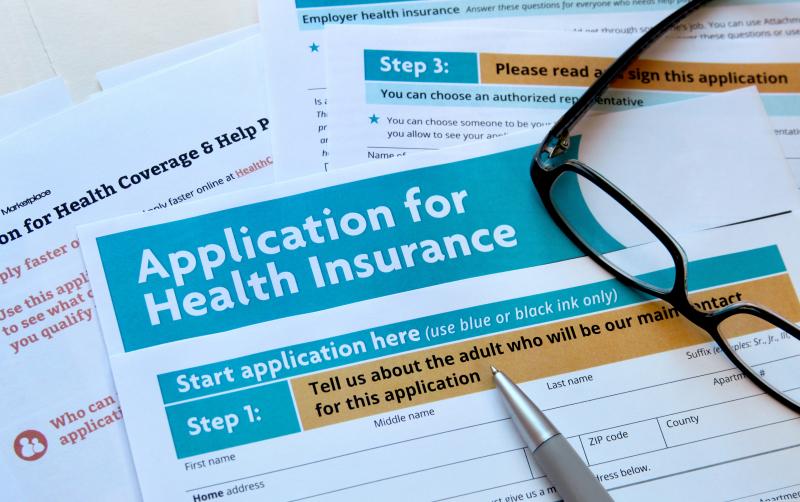What You Need To Know About Copay Assistance Programs

You’ve probably heard about copay assistance programs here and there, especially as you purchase medication from your local drug store. You might be wondering what these programs are and what they entail. Well, this article will elaborate on everything regarding copay assistance programs.
What Are They?
Copay assistance programs assist you in acquiring medication from pharmacies. As the buyer, you’ll spend less cash at the counter. You’ll acquire these services through a copay card that a manufacturer will issue to you on enrolling in the program.
When Are They Used?
As stated above, you’ll use them when paying for medications subscribed to you by your doctor. It’s good to note that they’re only used to acquiring expensive medicine such as Hizentra and drugs that are new to the market. For an expensive drug to qualify for a copay payout, it has to have no generic counterpart available.
What Do You Need To Get Into This Program?
To qualify, you need to have private health insurance coverage; it doesn’t work with public insurance.

How Do You Acquire These Services?
You can find information regarding this program from the specific drug manufacturer’s website. Your doctor can tell you prior if the given medication qualifies for a copay assistance program. Once you’re on the website, there’s an online application form you can fill in and submit.
Alternatively, you can call them and inquire about these services where they’ll guide you further. Some doctors will have these application forms with them. All you need to do is fill them in and send them to the manufacturer via mail.
Once you’ve successfully registered and the manufacturer has approved your application, they’ll give you a copay card that you’ll use to get payment assistance as you purchase the expensive drug.
How Do Copay Assistance Programs Work?
Once you’ve received your copay card, all you need to do is present it to the pharmacist where you are to buy the medication. The card acts as a voucher.
Your private insurance provider and the drug manufacturer will cater to the costs. You might need to pay a small amount, depending on the amount the manufacturer requires you to pay for every purchase. The insurance will cover the biggest percentage of your bills, with the co-insurance, the manufacturer, paying the rest. This way, the cost of acquiring the drug is distributed among the parties, reducing the amount of money you have to pay the pharmacist.
As you utilize the copay cards, it's good to note that some of them have expiry dates, with others having a maximum limit to each purchase. It utilizes more of the credit card system where you can only spend a limited amount of money.
As seen, there’s no point in time that the price of the drug will reduce; this system reduces the amount of money you have to pay independently.
What Are The Merits?
The biggest advantage of this method is that patients will get access to expensive medication to better their health. Most of them will forego these treatments without copay assistance programs due to their expensive nature and opt to wait out for whatever happens.
Since these programs are also available to new drugs in the market, it’ll increase the rate at which these medications are adopted by the public, and hospitals will prescribe them to patients. This ensures the success of new pharmaceutical inventions, which are often more advanced and provide better solutions to various health conditions.
What Are The Demerits?
Besides having advantages, copay assistance programs also have disadvantages. One, with the private insurance provider paying the highest portion of the money as you access your medication, they’ll transfer these costs to your premiums. This means the premium will increase, which more or less cancels out the benefit of you paying less money at the drug store.
Another disadvantage is that the copay assistance program is short-term. This is due to the possibility of cards expiring and them having maximum limits. What happens after you’ve maxed out your copay card and you haven’t attained your insurance’s deductibles? You’ll have no option but to pay the full drug cost at the pharmacy with no assistance from your insurance provider or copay program. This puts you back to the drawing board where you once were, which isn’t any patient’s desire.
Conclusion
The above article covers the significant and basic areas you need to know and understand regarding copay assistance programs. This ensures that you’re well informed on these programs' operations, the good and the bad, before registering for one. The information will also help to plan adequately for any possible mishap that might arise.
More to Read:
Previous Posts:








